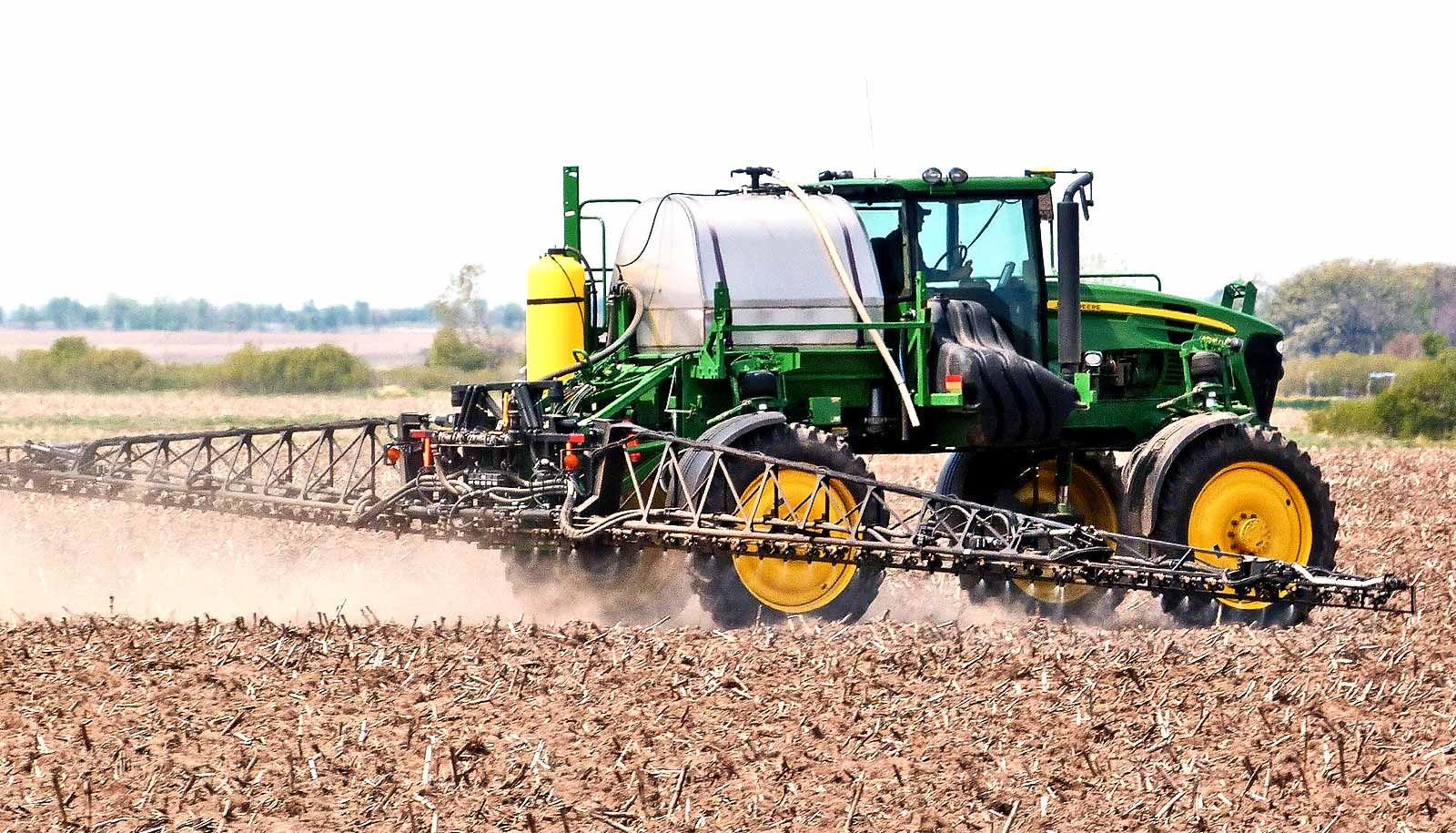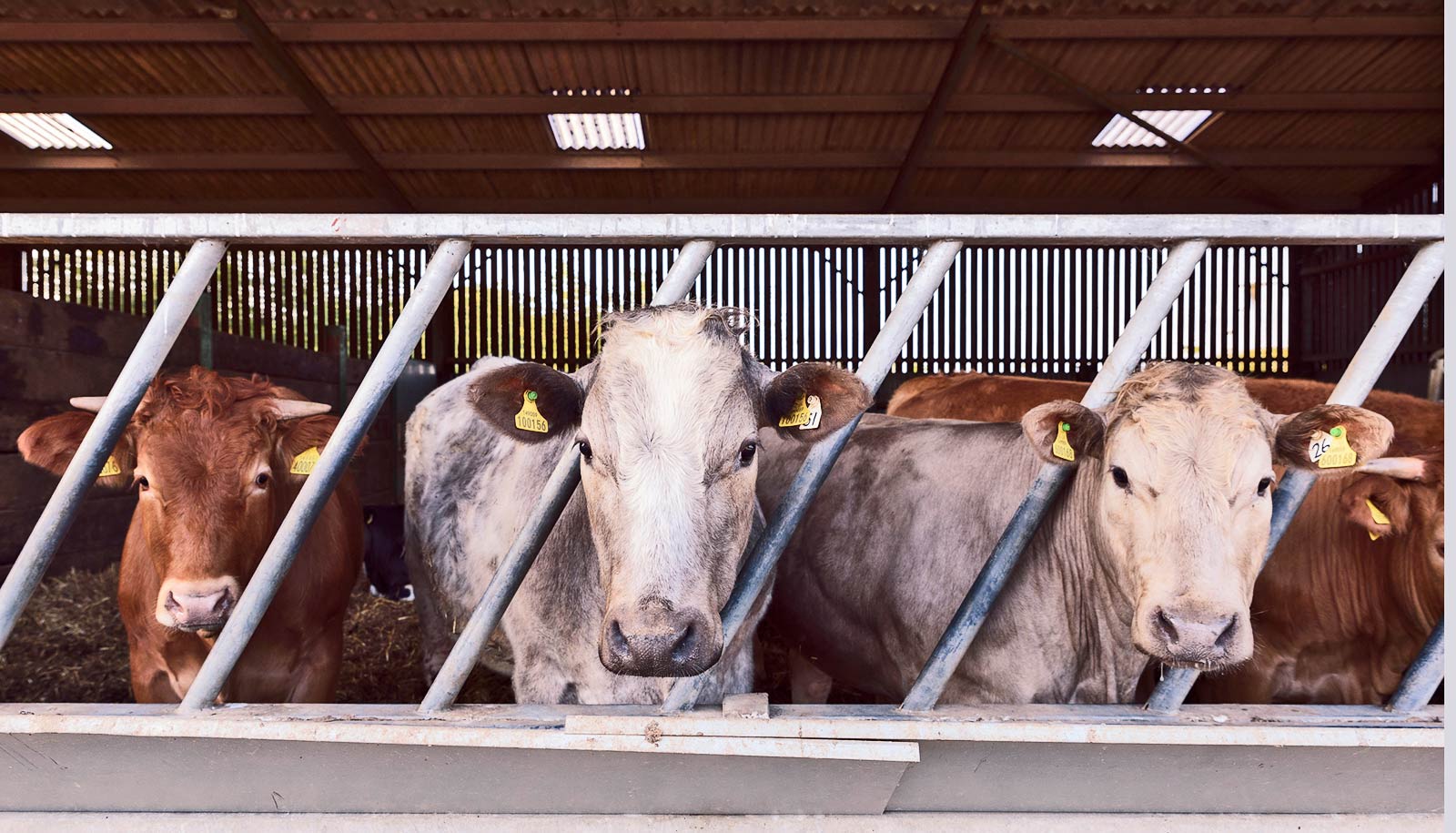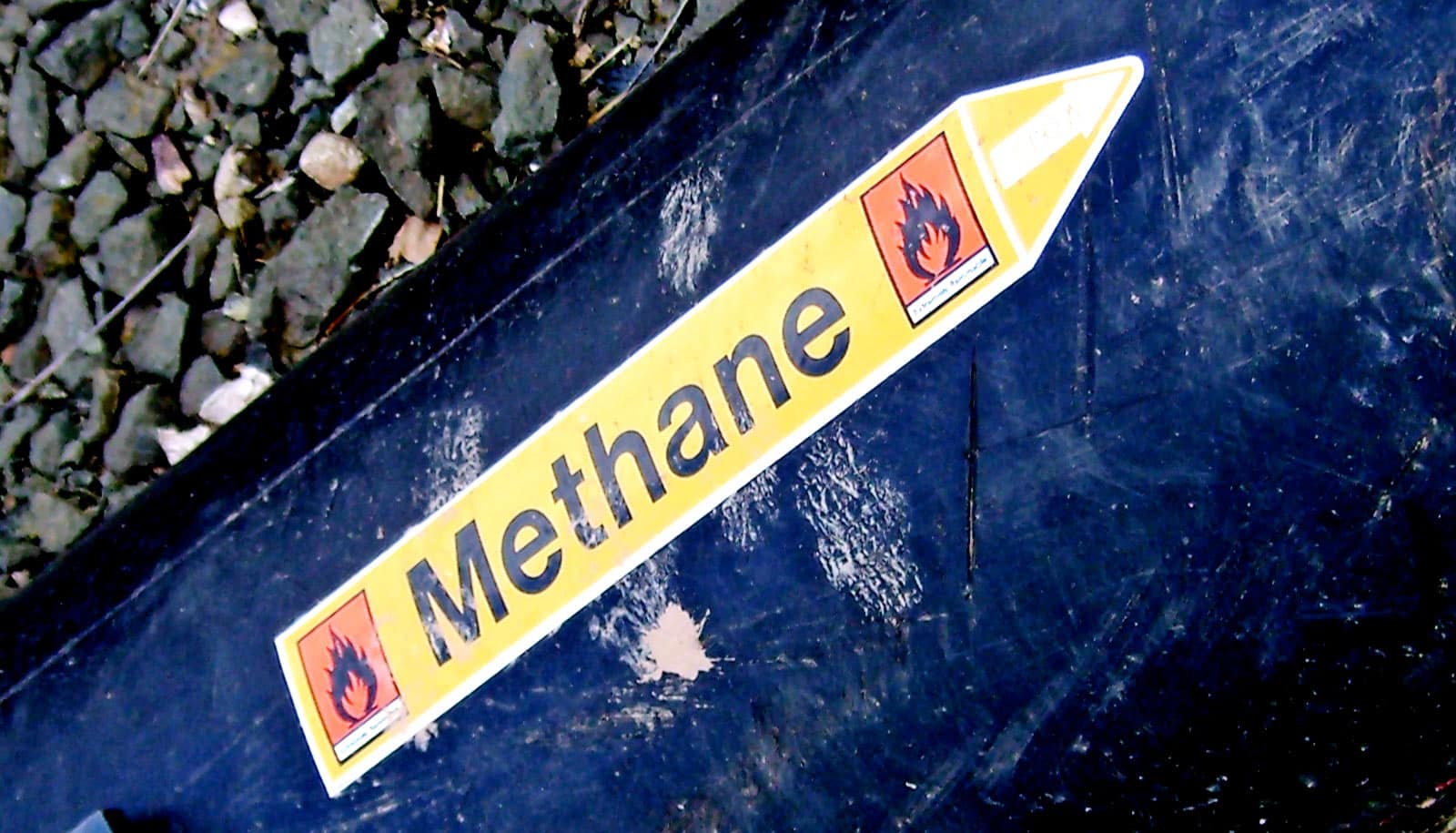Emissions of nitrous oxide, better known as laughing gas, are rapidly increasing, mostly due to large-scale farming with synthetic fertilizers and cattle ranching, researchers report.
Nitrous oxide emissions from human activities have ballooned 30% over the past four decades, barreling past the highest emission levels scientists have projected in climate models, according to new estimates in the journal Nature.
“We need to turn the valve on emissions as quickly as possible,” says study coauthor Rob Jackson, a professor of earth system science at Stanford University.
In the industrial era, carbon dioxide has been responsible for about 10 times as much warming as nitrous oxide. But nitrous oxide is more potent: One pound of the gas warms the atmosphere some 300 times more than a pound of carbon does over a 100-year period.
“We care doubly about nitrous oxide because it stays in the atmosphere a long time—typically a century or more after release,” Jackson says.
In the decades since the 1987 Montreal Protocol led to the phase-out of chlorofluorocarbons, a once common ingredient in refrigerants and aerosols, nitrous oxide has also become the greatest human-related threat to the ozone layer that shields Earth against harmful ultraviolet radiation.
Here, Jackson digs into the sources of emissions, where and why they are increasing, and practical solutions for halting their rise:
What is driving increased nitrous oxide (N2O) emissions from emerging economies, particularly Brazil, China, and India, and how does that differ from the activities responsible for these emissions in the United States?
Most of the changes we observed came from increased food production, with a smaller contribution from burning more fossil fuels. The world’s population is still growing. So is fertilizer use in soils (the main source of N2O from our actions), as well as the number of cows around the world and aquaculture production. Cows are responsible for N2O directly from their manure and through fertilizer-based emissions from the grain many of them are fed.
N2O emissions are rising fastest in emerging economies where both crop production and livestock numbers are increasing. In Brazil, for example, nitrogen fertilizer use has jumped by half since 2005. Brazil is also now the world’s top producer of cows with a herd of more than 200 million. In the United States, as in China and India, emissions from synthetic fertilizers play a bigger role.
The study mentions an emerging N2O-climate feedback resulting from interactions between nitrogen emissions and climate change. How does this feedback work and what are the implications of this discovery?
Climate change and greenhouse gas emissions are changing N2O emissions. Warmer temperatures tend to increase N2O emissions. In contrast, extra carbon dioxide in the atmosphere is stimulating the growth of many plants, increasing nitrogen uptake and reducing N2O emissions slightly as a result. Tropical deforestation leads to two offsetting effects: a quick pulse in soil emissions counterbalanced by generally lower emissions long-term from pastures and regrowing forests, unless they are fertilized.
What are the most promising solutions for reducing or eliminating N2O emissions from agriculture and industry?
The most important change we can make is to improve the nitrogen use efficiency of our crops by wasting less nitrogen fertilizer and timing its application more closely to when crops need it. Emissions from agricultural soils in Europe dropped by one fifth from 1990 to 2010 due in part to their “Nitrates Directive.” Many farmers in the US are being more frugal with fertilizers, keeping nitrogen pollution out of our air, rivers, groundwater, and coastal zones. Nevertheless, unlike in Europe, our N2O emissions are still increasing slightly, primarily from increased agricultural activity.
Fossil fuel use and industry contribute about one-seventh of emissions from human activities. China has particularly high industrial emissions. The largest point source here in the US is a chemical plant in Florida that makes adipic acid for nylon production. Its N2O emissions in 2018 were equivalent to the carbon dioxide pollution from two million cars. The company is working to reduce it. Reducing emissions from industrial sources is the lowest-hanging fruit in our arsenal of N2O mitigation.
How much power do consumers have to influence this component of climate change through the groceries we choose to buy and eat?
A lot. Cattle are responsible directly and indirectly for considerable N2O emissions (and are one of the largest sources of methane, too). Eating less beef and cheese will make most of us healthier and reduce everyone’s greenhouse gas footprint. Fish is better than beef for emissions, and plants are better than fish. Also, the Department of Agriculture estimates that Americans waste a shocking 30 to 40% of all the food we produce—more than a hundred billion pounds and a hundred and fifty billion dollars’ worth of food each year. Food waste leads to unnecessary greenhouse gas emissions.
Why are the observed N2O concentrations now beginning to exceed the predicted levels across all scenarios? What did these scenarios fail to account for?
We simply haven’t made global progress, particularly as agricultural production has grown. The number-one reason is that most countries do not have policies in place to reduce N2O emissions. Some have reduced industrial emissions, particularly those associated with the production of nylon. Those countries that do have agricultural incentives have shown that paying farmers to use fertilizer more efficiently, setting hard limits for how much livestock manure and fertilizer can be applied to the landscape, and other measures can bring down emissions while maintaining crop yields and improving downstream water quality. Without more widespread policy mandates or financial incentives or both, emissions are likely to keep rising.
Source: Stanford University



